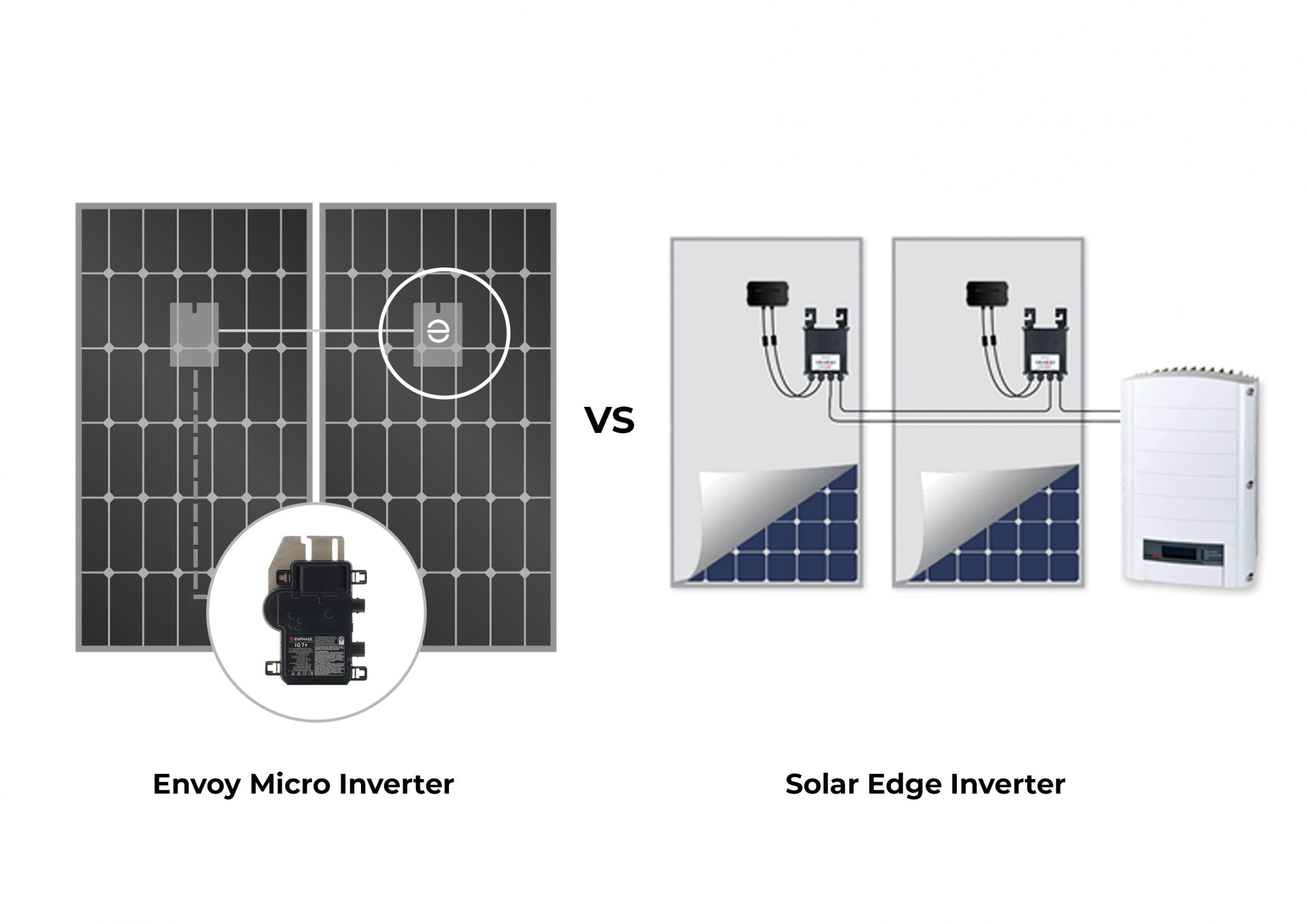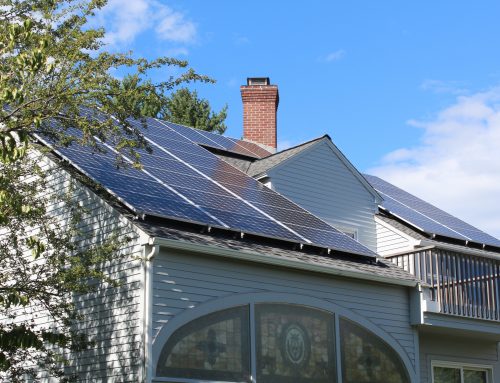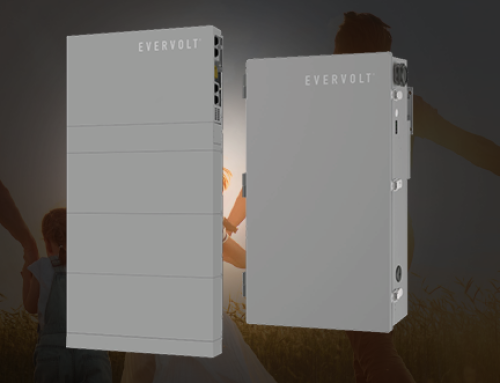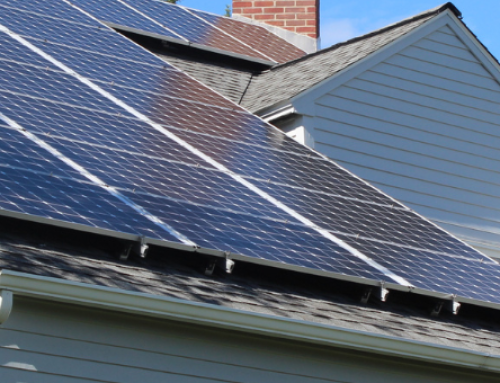What is an Inverter?
The main function of an inverter is to convert the direct current (DC) generated by your solar system into alternating current (AC), so your appliances can use the electricity. Inverters are vital to the functionality of your solar system, with complex parts and software installed - it is essential to choose the best inverter for your system. Compared below are the top two manufacturers of inverters: Enphase and SolarEdge.
Comparing the Products
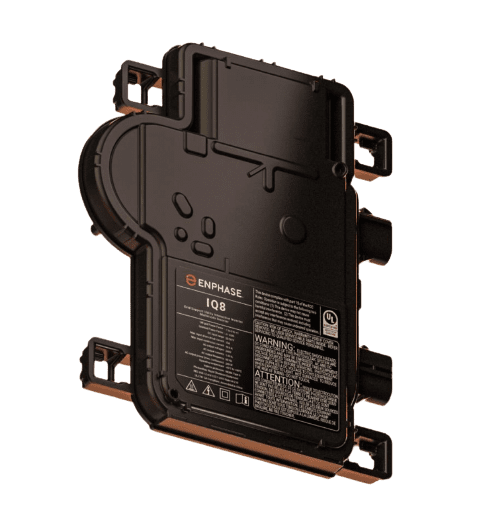
Micro Inverters + Envoy
The Enphase system uses micro-inverters that were first introduced in June 2008. These micro-inverters are tucked under each panel and convert the DC electricity to AC electricity. Besides the micro-inverters, Envoy includes the Envoy system, which is essentially its brain. Envoy will gather all the data from the micro-inverters, deliver it to Enlighten software, and report any issue related to how the micro-inverters are performing. The Enphase IQ8 inverter also has an exciting new feature - it allows the solar system to go off-grid (kit required). More on this below:
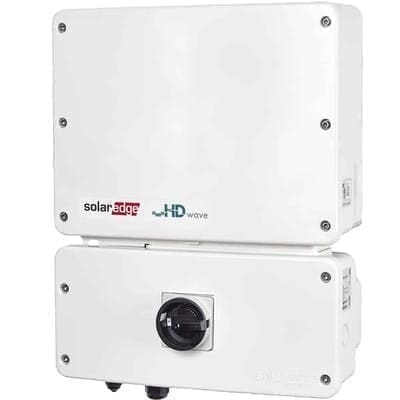
Solar Edge Inverter
SolarEdge has a solar panel optimizer that is attached to each panel, which are all connected to one inverter. That means that if one of the panels is in shade, the rest of the modules are unaffected. The same is true for Enphase, but the difference is that SolarEdge sends the DC solar power to a central inverter. In comparison, Enphase's micro-inverters convert the DC to AC immediately on the roof behind the panel. Also unlike the IQ8, the Solar Edge inverter cannot go off-grid - this is a cutting-edge feature only available with the new IQ8 inverter.
Backup Power Without a Battery
| SolarEdge | Enphase IQ8 Sunlight Backup* | |
|---|---|---|
| Save Money on Energy Bills | ||
| Reduce My Carbon Footprint | ||
| Manage My System's Performance Live on a Mobile App | ||
| Power Basic Appliances During Outages | With Sunlight ($$ Kit req'd) | |
| Seamlessly Integrate an AC Standby Generator During an Outage | ||
| Manage Appliances During an Outage |
*Requires Enphase Home-backup kit sold separately from IQ8.
The Enphase IQ8 is the first-ever grid-agnostic microinverter. This means that the IQ8 functions just as well off-grid as on, so you will still be able to access power generated from your solar system even in the case of a blackout or loss of connection.
Many homeowners exploring solar are surprised to learn that they will lose power during a blackout, even if the sun is shining. This is because the NEC (National Electric Code) mandates that solar systems should not be live for the safety of workers who may be working on powerlines to restore power. However, 'islanding' (isolating from a down grid) the solar system is allowed in the code, and Enphase IQ8, with the Sunlight Backup kit (separate cost), can achieve just that. With the Enphase IQ8 package, you do not need to worry about getting a battery, as the inverter has a "Sunlight Backup" feature. You will be able to go "off-grid" and continue to access the energy your solar system is producing, even in the case of a blackout.
This is a cutting-edge technology that is a new feature in the Enphase IQ8 inverter. Other inverters are restricted to solar-only functionality, while the IQ8 has Sunlight Backup, allowing it to retain full functionality even when the grid is down.
Further Comparison between Enphase IQ8 and SolarEdge
What happens if the SolarEdge inverter or Enphase micro-inverter malfunctions?
Although both offer a technology that isolates the performance and enables the monitoring of each individual panel, their modes of failure are quite different.
SolarEdge failure mode:
As mentioned above, a SolarEdge system is composed of optimizers; one optimizer per solar panel, and a string inverter that centralizes the DC currents from the optimizers and converts them into an AC current. Most of the failures we noticed in SolarEdge installations happen at the inverter level which means that the entire system will cease to produce power until the inverter is fixed or replaced.
Of course, if the inverter is under warranty, this doesn't mean that you are out of luck. NuWatt Energy will make the necessary steps to get the problem fixed for our clients - provided that the inverter is still under the manufacturer's warranty.
Enphase Micro-inverters failure mode:
Micro-inverters are installed for each panel and are non-centralized. This is an advantage over centralized or string inverters such as SMA, Fronius, or inverters with optimizers such as SolarEdge. If one micro-inverter malfunctions, the other micro-inverters will keep producing power.
Enphase warranties the micro-inverters for 25 years. If any repair is required, your inverter will be replaced at no additional cost to our clients by our technicians.
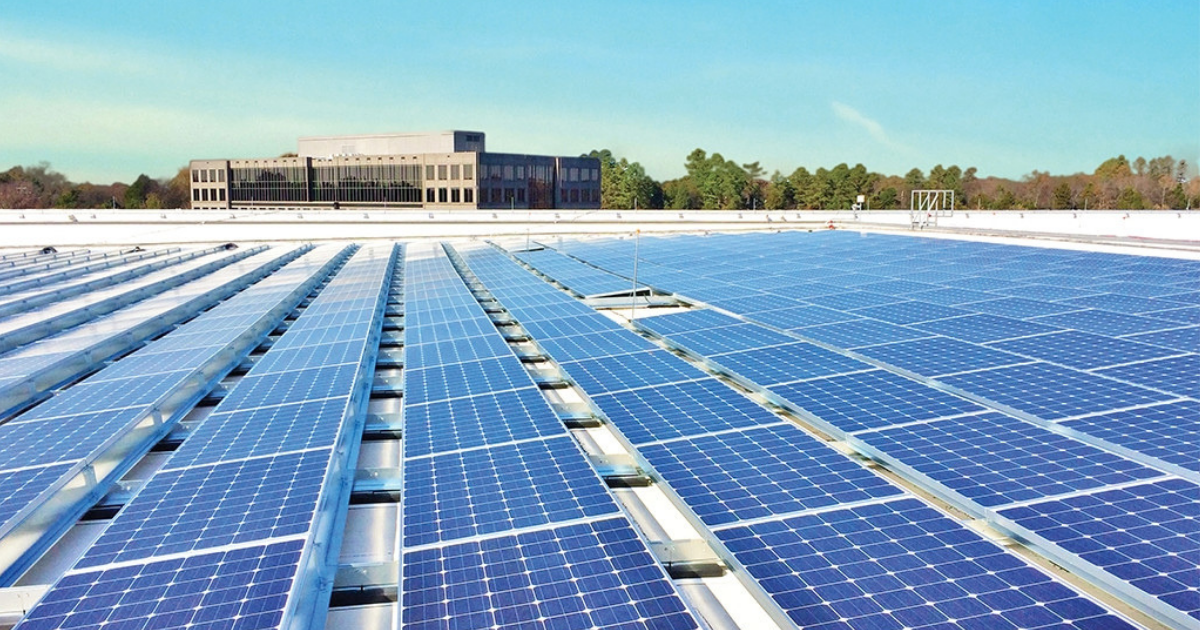
Scalability - Enphase vs. SolarEdge
SolarEdge's scalability is limited in comparison to Enphase micro-inverters. SolarEdge systems are limited to the size of the central inverter, which can intake only a certain number of solar panels (for example an SE10000 can take up to 27 400W panels (in the Northeast). Enphase micro-inverters have higher flexibility to scale by simply adding solar panels with compatible micro-inverters. A typical IQ4 combiner box can accommodate up to 44x 400W solar panels (in the Northeast).
Scalability matters to clients who project an increase in their future power demand in the case of adding an electric vehicle or adding a large battery backup system, for example. Theoretically, you can add more panels (some modifications possibly required in some cases) when you have a micro-inverter system, but you may have to change the central inverter if you want to increase the number of solar panels beyond the inverter's DC intake capacity.

Would you like to learn which Inverter is the best option for you?
You can reach us at 1-877-772-6357 or contact our NuWatt Solar Consultants by filling out the form below.
